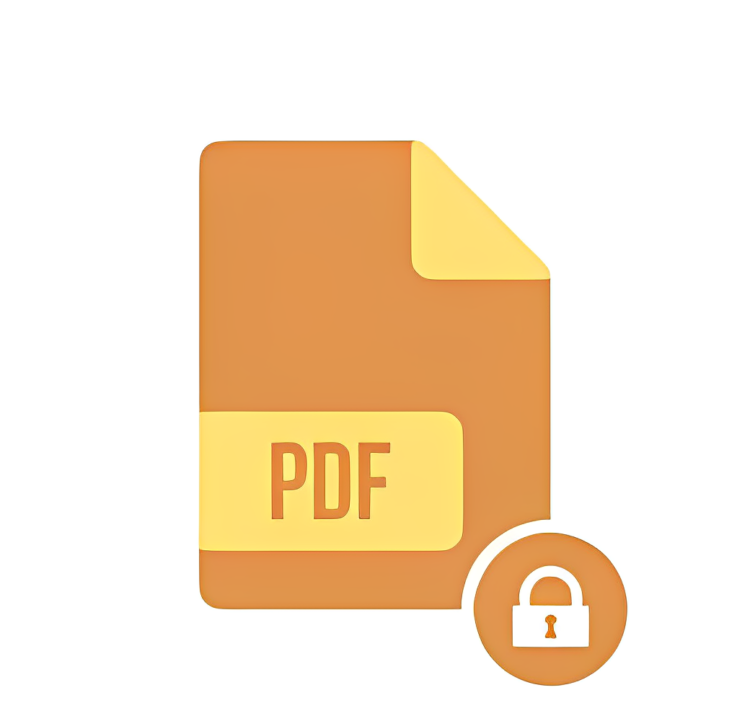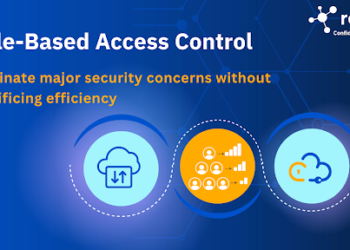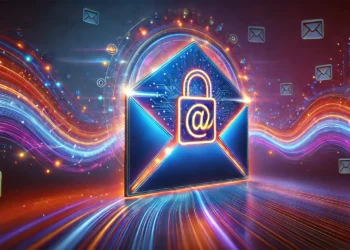Have you found a PDF file that is password protected and you are worried about opening it but don’t know how? In such a situation, there is no need to worry because today we will tell you how you can open the PDF file with password. Often, we receive some emails which contain PDF security files. Most of the time we have their passwords. But sometimes it becomes difficult for us to open them. In such a situation, if you have also received a password protected file on mail but are having difficulty in opening it. If you are troubled by repeatedly entering the password every time you open a PDF file, then to reduce your trouble, we are going to tell you some ways by which you can remove the password from PDF.
There are many types of passwords
Let us tell you that PDF security files are more secure. But opening the file is a big task as you need to remember the password. In this case you can remove the password. Depending on the type of password protection used, there are several ways to remove the password from a PDF file. Let us know how to remove password from PDF.
What are the benefits of PDF?
Many video vendors already claim to have your storage seized, but there is no such thing as password protecting a PDF as you are always at the mercy of the vendor who has the keys to your storage. So, when your friendships have data trusts and they need complete security, building credibility with your study with a password that only you know is invaluable.
How to password protect PDF?
If you use Adobe, it has a Paid tool that can secure your PDF with a password. This tool is called Adobe Acrobat. Apart from this, you can also secure your PDF with a password for free, but for this you will first have to convert your PDF file into Word Document. For this you can use online OCR tool. This is where AES comes in. AES (Advanced Encryption Standard) is a specification for encrypting electronic data specified in the standard FIPS-197.
Follow these steps to password protect PDF
You have to click on the File option on the left side of the Word document. After this you have to click on the option of Save As. Now you have to select the folder where you want to save your password protected PDF. Then click on the drop-down option in front of Save as type. You have to select PDF from the drop-down list. After selecting PDF, you have to click on the “Option” box. After this, click on “Encrypt the document with a password” below. Now here you have to enter your password which should be 6 to 32 characters in length.
PDF encryption uses symmetric cryptography
RC4 and AES are two encryption algorithms used in PDF encryption. They both use symmetric cryptography, a method of encryption that uses the same key to encrypt and decrypt. Versions 1.5 and below of PDF use RC4 encryption. However, this algorithm no longer provides sufficient security and has also been removed in PDF 2.0. This software was known for its remarkable speed, but has significant vulnerabilities making it unsafe. This is where AES comes in. AES (Advanced Encryption Standard) is a specification for encrypting electronic data specified in the standard FIPS-197. It is a modern block cipher found in a wide variety of applications. The only encryption algorithm approved by the NSA, AES-256, is approved by the U.S. Has been adopted by governments and organizations around the world.
Safety also depends on you
The length of the password and its encoding constraints depend on the algorithm used by the encryption tool. For example, RC4 40, RC4 128, and AES-128 allow only 32 Latin characters in passwords, while AES-256 uses the UTF-8 table and Unicode. The goal is to provide more choice of symbols and generate more complex passwords. Keep in mind that while you may choose tools with the most advanced encryption technology in the world, they will be useless if your passwords are easy to crack. Not only does the length of the password matter, but its quality is also important. Avoid using names and words as the simplest hacking technique is dictionary attack.
Conclusion
We have many such documents, whose privacy is necessary to be maintained. Now in such a situation there is a fear that someone might open them. Now if you have a private laptop or system then it is a different matter, but if not then it becomes very difficult to keep your important PDF documents/files safe and private. Even with people with private laptops and systems, sometimes it happens that they have to share their laptop with a family member or friend.













